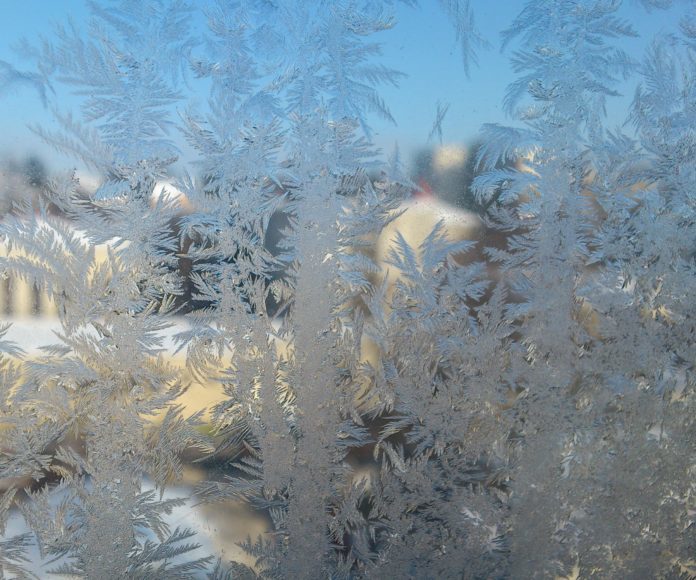
With forecasts predicting highs in the negatives this week, northeast Indiana residents should take precautions when preparing for the extreme cold.
Ready.gov has issued tips for surviving winter storms, including what to do in case of frostbite and hypothermia.
It’s important to prepare for a winter storm before it hits your area, including putting together an emergency supply kit for your car. This can include jumper cables, sand, a flashlight, warm clothes, blankets, bottled water and non-perishable snacks. Also, keep your gas tank full.
Tips on surviving during the winter storm include:
- Stay off the roads if at all possible. If trapped in your car, then stay inside.
- Limit your time outside. If you need to go outside, wear layers to stay warm and watch for signs of frostbite or hypothermia.
- Avoid carbon monoxide poisoning by only using generators and grills outdoors and away from windows. Never heat your home with a gas stove-top or oven.
- Reduce the risk of a heart attack by avoiding overexertion when shoveling snow. It’s okay to take breaks.
- Watch for signs of frostbite or hypothermia.
- Check on your neighbors. Older adults and young children are more at risk in extreme cold.
If you or someone you know displays signs of frostbite or hypothermia, it’s important to respond right away.
- Frostbite causes loss of feeling and color around face, fingers and toes.
- Signs: Numbness, white or grayish-yellow skin, firm or waxy skin.
- Respond: Go to a warm room. Soak in warm water. Use body heat to warm them. Do not massage or use a heating pad.
- Hypothermia is an unusually low body temperature. A temperature below 95 degrees is considered an emergency.
- Signs: Shivering, exhaustion, confusion, fumbling hands, memory loss, slurred speech or drowsiness.
- Respond: Go to a warm room. Warm the center of the body first – chest, neck, head and groin. Keep dry and wrapped up in warm blankets, including the head and neck.
For more on surviving snow storms and extremely cold temperatures, click here.




